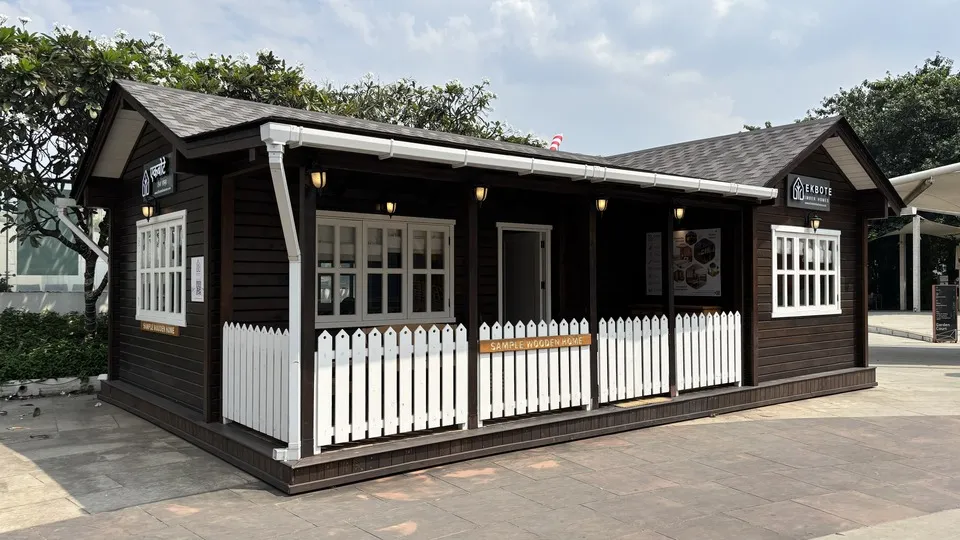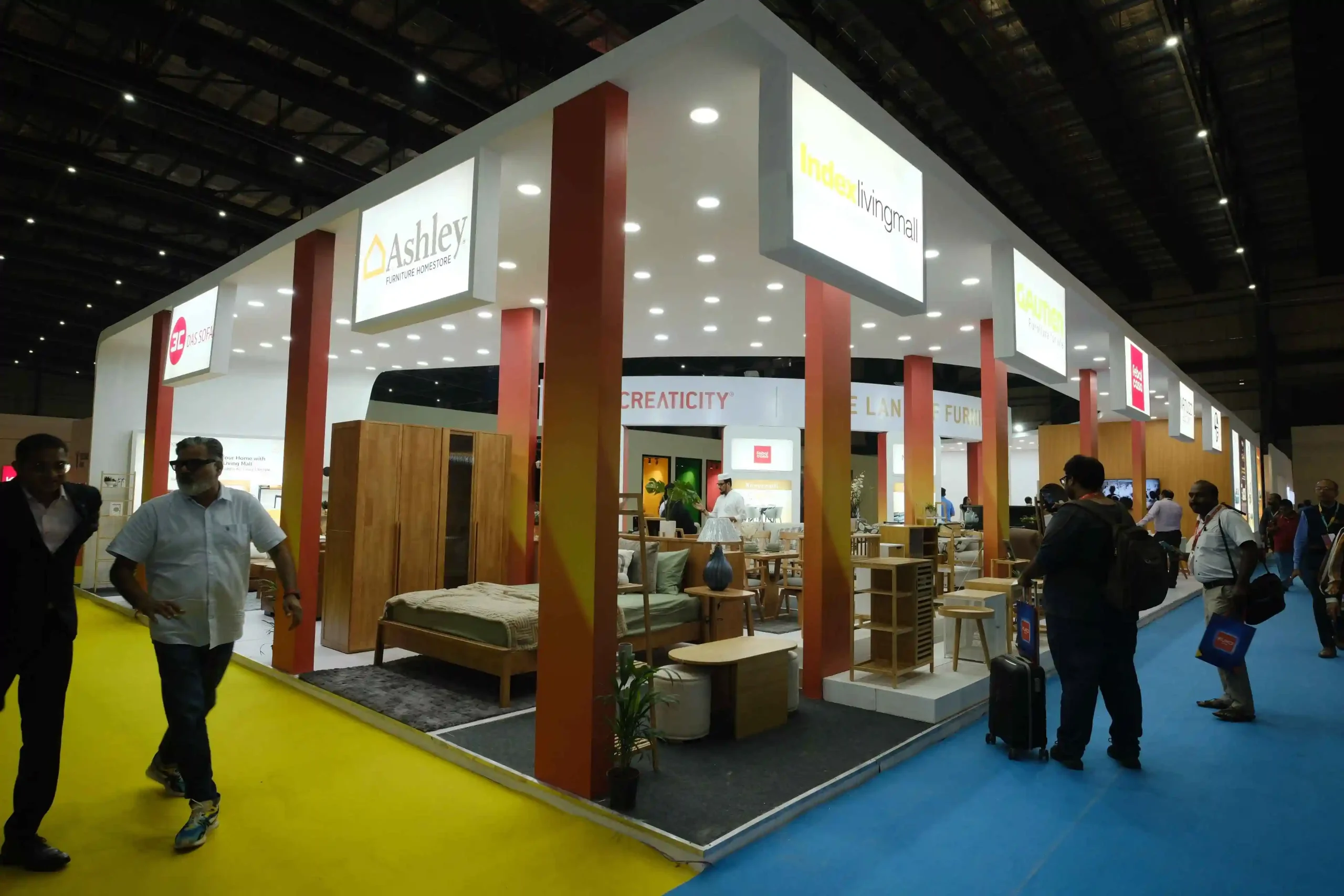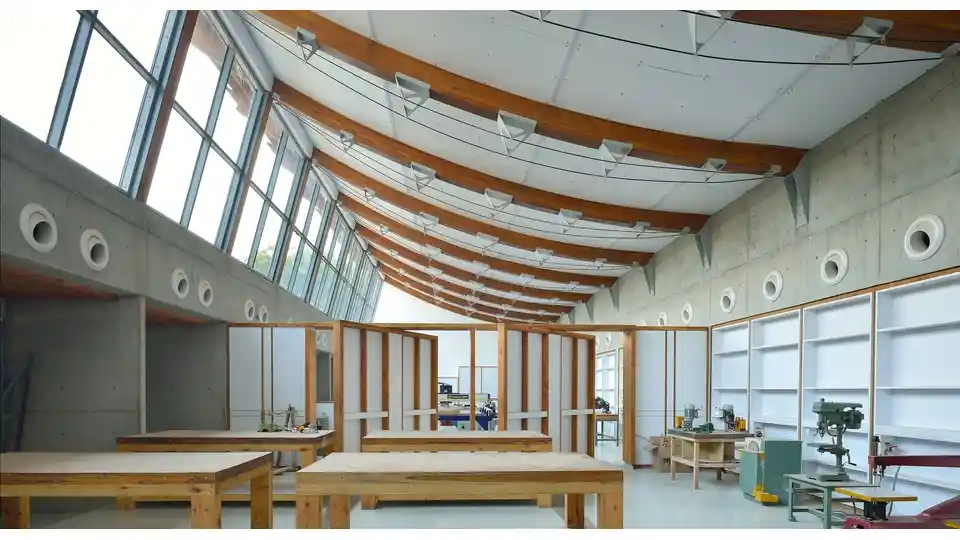World Wood Day observed around the world to recognize the importance of wood and promotes a harmonious coexistence between people and nature. Coinciding with the International Day of Forests, World Wood Day is observed on March 21. In 2025, it will shine a light on the theme “Eco-Living with Wood.” This 13th annual celebration, organised by the World Wood Day Foundation and founded by the International Wood Culture Society, reminds us of the power of building with wood. The day encourages us to embrace eco-friendly woodworking practices that help not only promote the industry but also protect the planet. World Wood Day celebrates the global significance of wood, highlighting its sustainable use, while the Indian wood industry continues to grow, embracing innovation and sustainable practices for a greener future.
This global event inspires us to make choices that honour both the environment and the rich cultural heritage of wood. Canadian Wood is all about sustainability, and they make it a priority by focusing on responsible forestry and eco-friendly products. The brand ensures that its wood comes from well-managed forests in Canada, certified by trusted organisations like the Forest Stewardship Council (FSC) and the Sustainable Forestry Initiative (SFI).
By supporting green building practices, they show how wood can be a renewable resource that reduces carbon footprints. Canadian Wood is helping to protect the planet while supporting local communities, making it easier for consumers to choose products that contribute to a more sustainable future. In this interview, Pranesh Chhibber, Country Director, FII India, discusses Canadian Wood’s sustainability initiatives, the challenges facing India’s woodworking industry, and the path to a greener future.

B&I: Canadian Wood has been doing some path-breaking work towards creating awareness about woodworking in the building materials industry in India. What are your key accomplishments in this journey till now?
Pranesh Chhibber: In its journey of just over a decade in India, Canadian Wood has emerged as a highly credible, go-to brand in the Indian market for certified wood species, their applications, best practices and knowledge sharing. Canadian Wood’s 5 distinct species are garnering much appreciation for their properties and suitability for a large variety of applications, high strength-to-weight ratio and ease of working from manufacturers in India for reman and structural applications. Among its many accomplishments, manufacturers are now exporting furniture made in India with Canadian Wood species to North America, Europe, and ANZ.
We have also helped ignite the interest and support building with wood in India by enlarging the ecosystem of woodworking professionals and connecting them besides helping enhance the skill sets of the woodworking community in India, including selection of the right species, grades and their proper use. Through the various seminars and workshops in India over the years, Canadian Wood has helped create and spread awareness about the importance of using certified wood from sustainably managed forests and the benefits of graded, seasoned and evenly sized lumber (sawn timber) besides aiding acceptance and appreciation of conifers in general.
B&I: Architects and designers have been an active target audience for Canadian Wood. How satisfied are you with the inroads you have made with the specifiers?
Pranesh Chhibber: It is immensely satisfying to note the ever-increasing use of wood by eminent architects and designers in their projects. The architect’s community is increasingly aware of and appreciates the many advantages offered by the use of environmentally friendly sustainably sourced natural materials such as Canadian Wood species including the mitigation of carbon footprint and global warming, besides the biophilic benefits of wood.
B&I: Tell us about the success of the ‘Building with Wood’ programme.
Pranesh Chhibber: In the course of our engagement with architects, developers, hoteliers and PMCs in India, we realised that though there was tremendous interest in building with wood with many of them, they shied away because of a lack of required knowledge, and skill sets and infrastructure to build with wood. This prompted us to organise a series of training programs for the woodworking industry and the interested parties through professional builders brought in from Canada, besides initiating several demo projects under the watchful eyes and direction of these experts in selected geographies across India.
This has encouraged many architects and contractors to venture forth and take on building with wood projects and today we see several projects in progress in many parts of India with several having been completed in the recent past. It is also heartening to see the industry getting more organised with increasing investments being made in plants and machinery to set up world-class infrastructure in India to build with wood.
B&I: What are the challenges and opportunities you see for the use of wood in the Indian building and interior industry?
Pranesh Chhibber: India’s woodworking industry has traditionally been highly fragmented, with many small MSME units which also means a lack of standardisation. It thus requires a lot of effort and time to reach out to the many small and medium-scale manufacturers spread across India, thus eluding the benefits of economies of scale. However, some world-scale mechanised production units have been set up in recent times and Canadian Wood has been working diligently with them to share knowledge and best practices where required to overcome these challenges.
B&I: Furniture is an important sector which uses wood quite extensively. How do you see this sector shaping up over the next 2-3 years?
Pranesh Chhibber: The Indian woodworking industry comprises furniture and wood-based interiors. As already mentioned earlier, more and more mechanised factories are coming up and skills training facilities aided by the government and industry are now getting manpower ready to run these factories. Going forward, I see many more production units mechanizing and transitioning to the organized sector to serially produce high-quality, world-standard furniture at competitive rates for both domestic and export markets.
B&I: Canadian Wood has been working quite closely with exporters as well. Can you tell us more about it?
Pranesh Chhibber: Traditionally, export-oriented manufacturers in India used a couple of local wood species to produce rustic furniture for some overseas markets, however, these were increasingly getting difficult and expensive to source. After years of making furniture for the export markets, many of these manufacturers in the Indian woodworking industry acquired the high skill sets necessary to produce the required quality and attracted buyers who wanted them to create modern contemporary furniture.
Subsequently, to meet the net zero goals of their respective countries, the buyers thus a few years back started asking for furniture made with certified wood from sustainably managed forests and they also preferred legally harvested wood. The timing was right and Canadian Wood, had the wood that met all these criteria. We initiated trials with these manufacturers with technical support and handholding. The trials came out successful and the international buyers loved the product. Today we have dozens of exporters using Canadian Wood.
B&I: How well available Canadian Wood species are across India?
Pranesh Chhibber: Canadian Wood is available both as a direct import and also locally in India through timber traders. The large manufacturers directly import container loads of the required species and grade to meet their requirements. However, for smaller woodworking manufacturers in the industry, we have helped set up a network of over 40 stockists across 20 top cities of India, who meet their requirements.
The strong and versatile Canadian Wood species from British Columbia, Canada
FII, commonly known as Canadian Wood in India, operates as a crown corporation managed by the government of British Columbia,





















